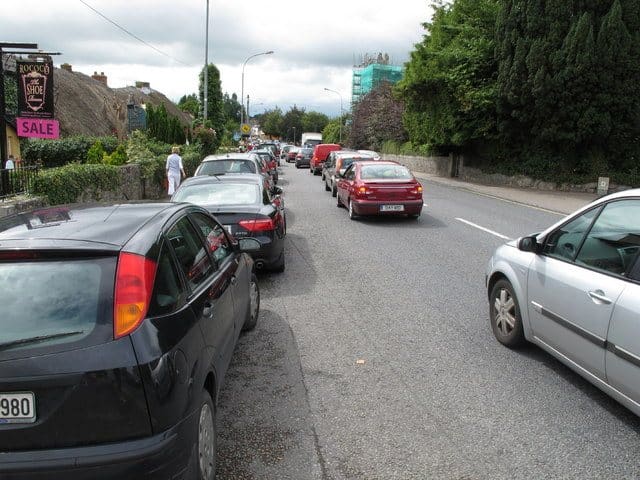During the winter season, driving conditions can be much more challenging due to the colder weather. Icy road conditions are a common sight in the winter months, and can be a nasty surprise if you’re not prepared.
If you must make essential journeys on icy roads, here are a few tips to make your commute safer.
Slow down and give yourself extra space to brake
One of the most important things you need to do while driving on icy roads is slow down. This means allowing extra time for your journeys, as it might take you a little longer to get there. In icy conditions it can take ten times longer to stop your vehicle, meaning it’s essential to give yourself extra space around other road users.
While driving on a very icy road, use the highest gear possible to avoid wheel spin, but select a low gear when travelling downhill, especially through bends in the road. Also remember to only make gentle manoeuvres where possible, as making harsh turns can result in your vehicle skidding. If you do find yourself skidding on an icy road, don’t brake fast. Reduce acceleration (but not completely) and go down through your gears to come to a gradual halt.
Be extra vigilant
As we mentioned, it can take ten times longer to stop your vehicle on icy roads. For this reason, you need to be even more vigilant than usual while driving, as you’ll have less time to halt your vehicle in the event you need to stop suddenly. Also, remember that black ice is very difficult to see. It can appear glossy on the road and often look like a puddle, so it’s very important to keep this in mind. Remember to treat every road as if it is frozen while driving in icy conditions.
Preparation is key
Before you set out on the roads, make sure you’ve done all you can to make your journey as safe as possible. Check your tyres regularly, as you rely on them for grip on the roads. Clear your windows, mirrors, and headlights of any ice and carry a screen scraper and de-icer in your vehicle. Remember to never pour very hot or boiling water on the windscreen as it could weaken or crack the glass. Also remember that it’s important to clear your whole window of ice, not just directly in front of the driver seat, as this will affect your peripheral vision. You can find more on the best ways to defrost a vehicle here.
And even though sunglasses are usually considered a summer accessory, these can be great for winter driving, as glare from the sun on icy roads can really affect visibility.
Breakdowns can be more common in colder weather, so if you are travelling at the moment, make sure your car is in top shape with our tips here. Remember, you can also purchase breakdown cover with the AA to keep you safely on your way.
Stick to main roads where possible
Motorways, national roads, and regional roads are more likely to be gritted than local roads or secondary routes. While you still need to drive with extra caution on main roads in icy conditions, you need to be even more vigilant on secondary routes. Local roads may also be more shaded than main routes, as they are narrower and are often surrounded by trees. This means ice can linger for longer.
Be especially careful during the night and early morning
The colder it is, the more likely the roads will be icy, and since night-time and early mornings are colder than the rest of the day, you need to be more cautious of dangerous driving conditions during these times. There will also be less visibility during these hours, so it’s even more important to slow down and be vigilant.










